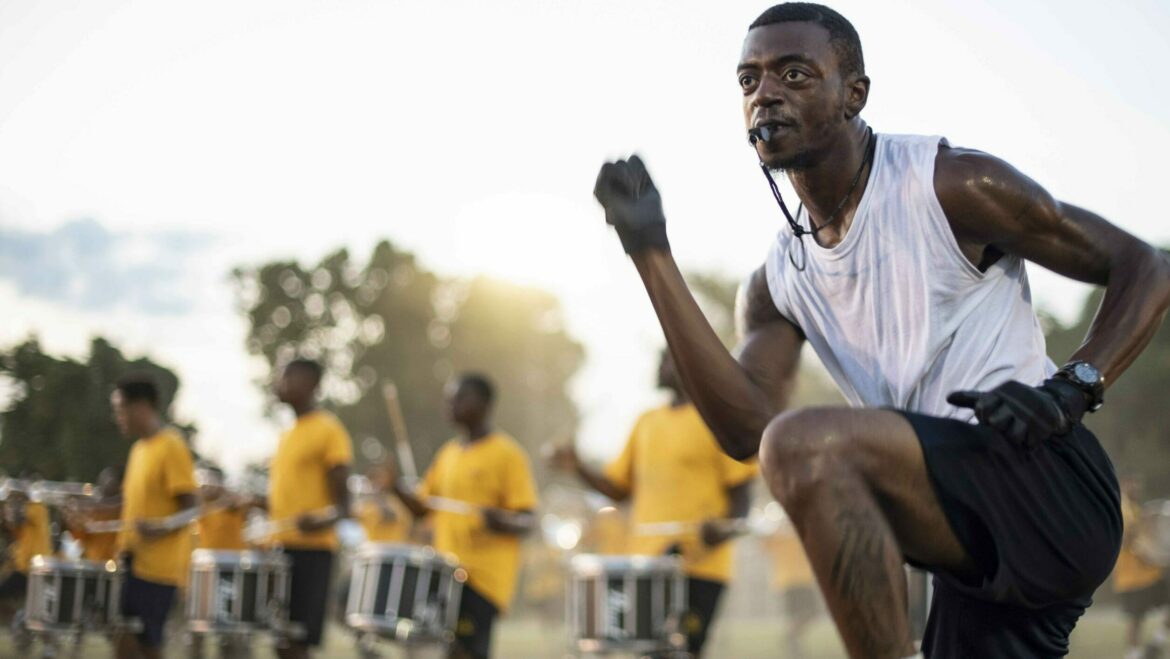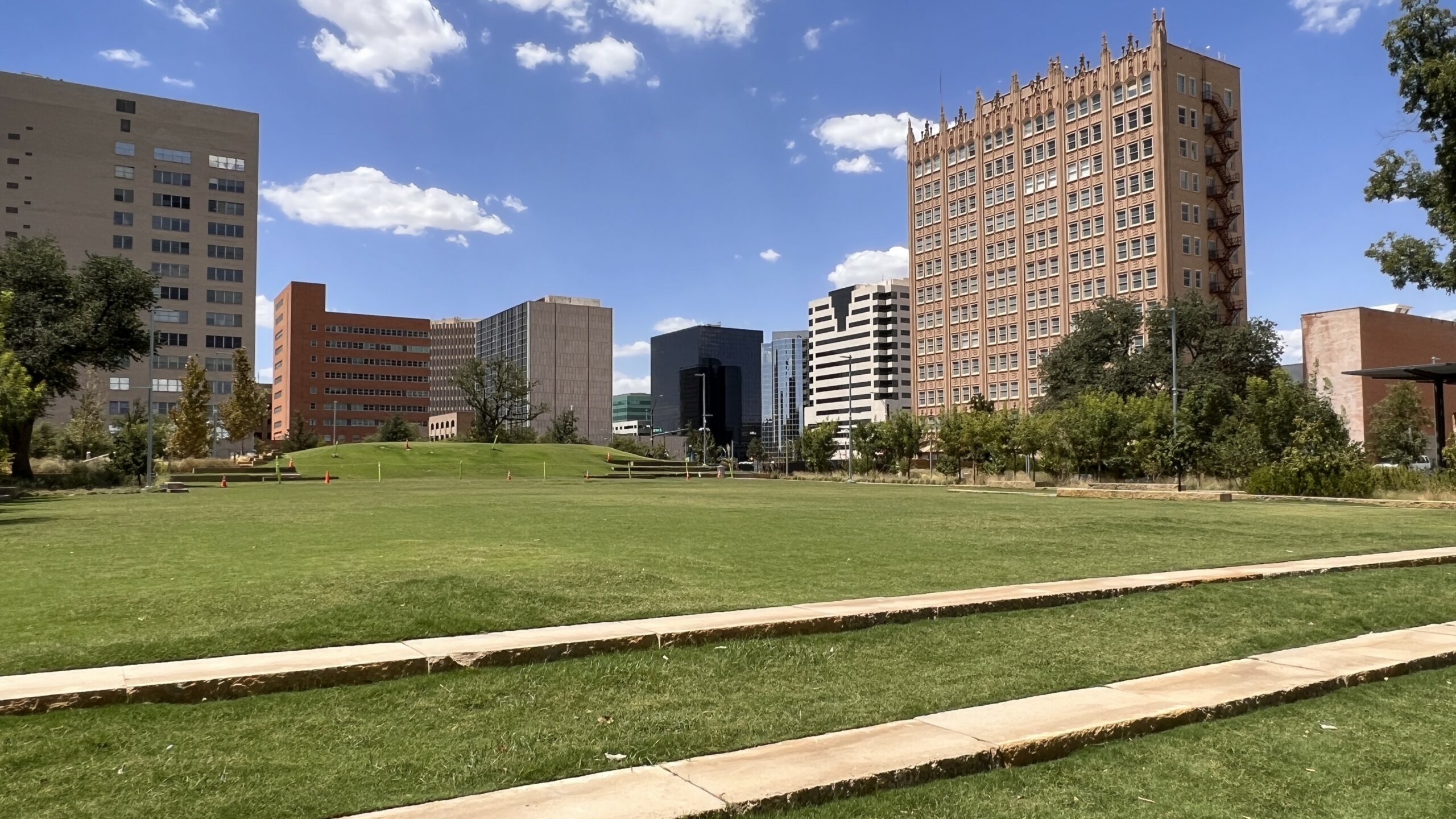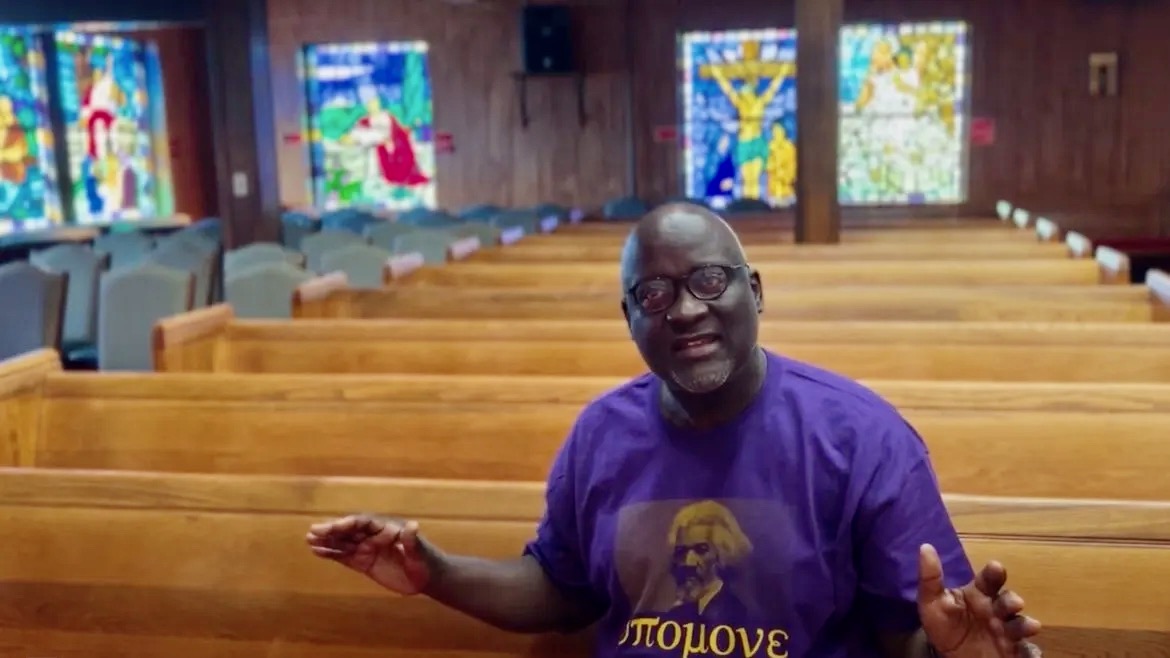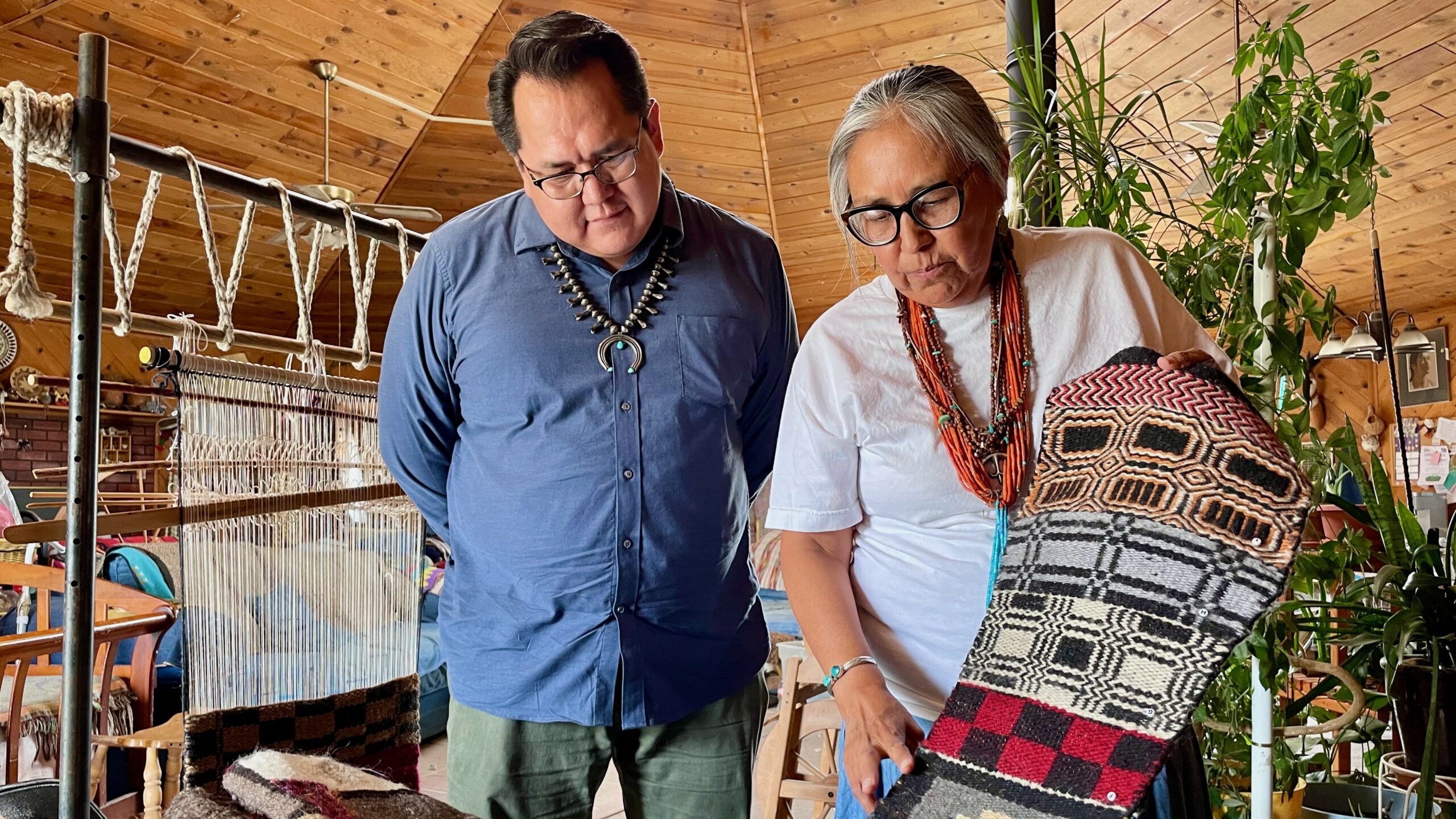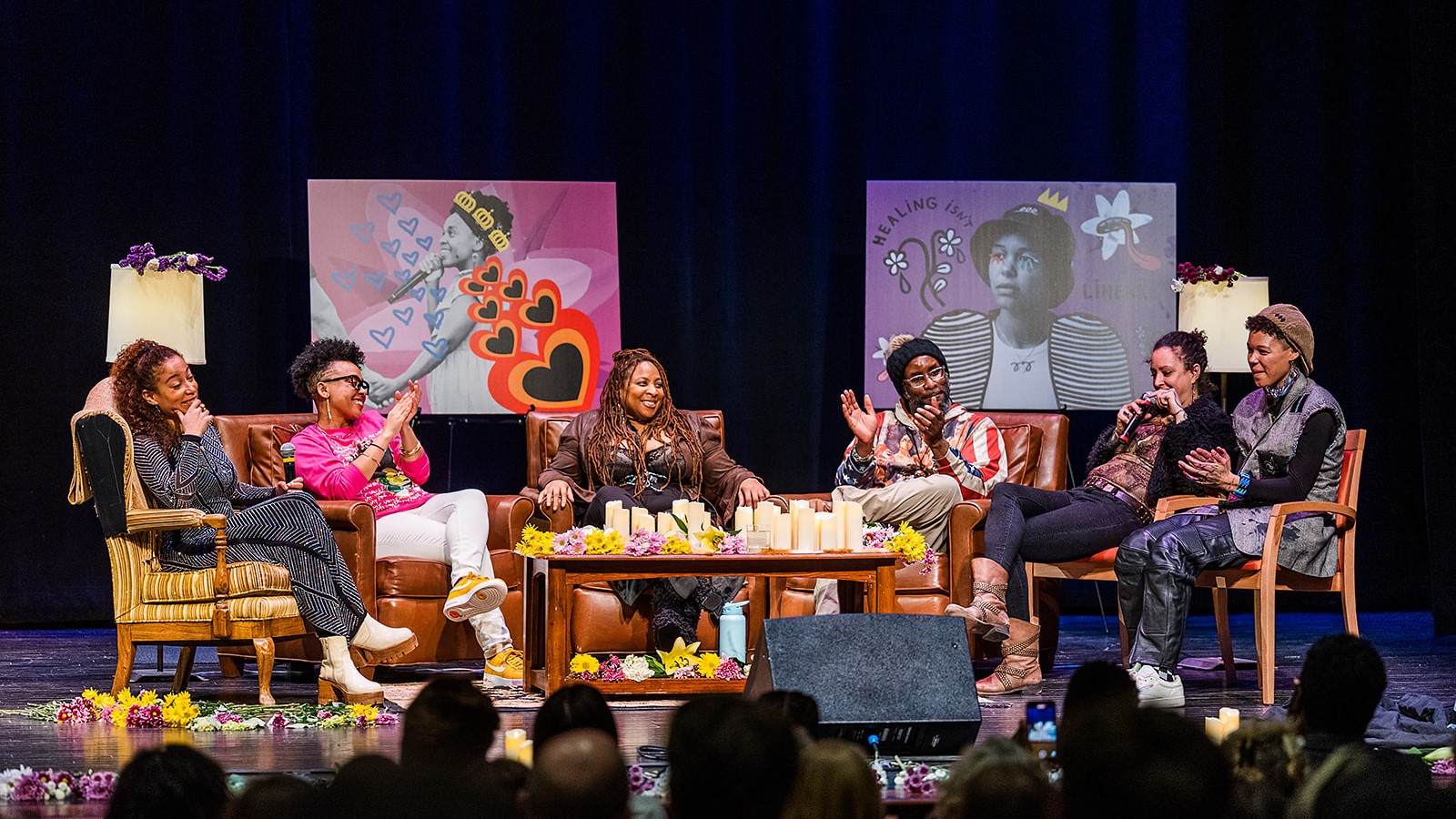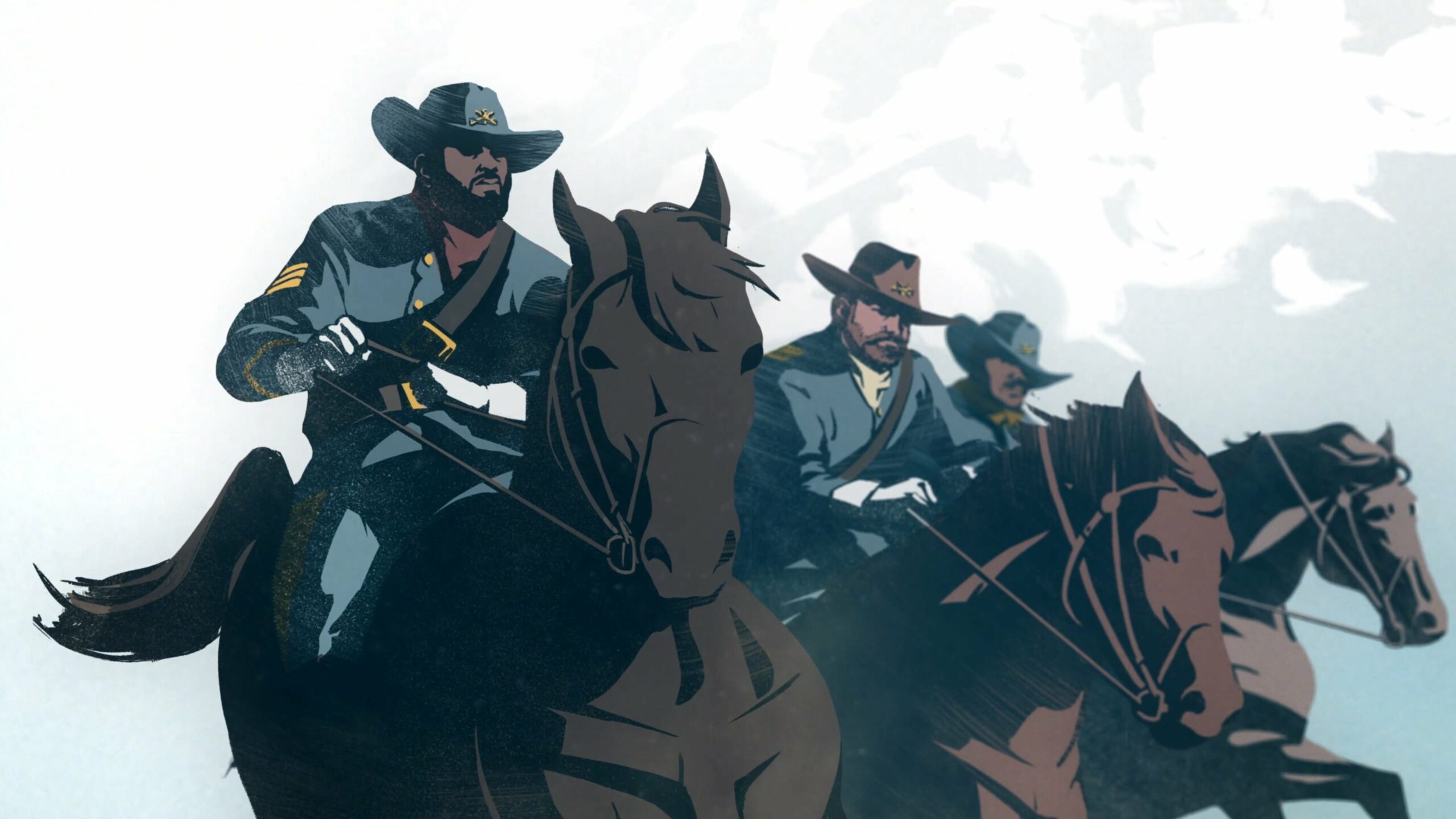Diversity, equity and inclusion in public media

Serving the American public in all of its diversity is an important part of the mission of public media articulated in the Public Broadcasting Act of 1967. But the overwhelming consensus now is that the system has failed to live its values, that structural racism plagues our institutions and that diversity, equity and inclusion of people of color in leadership roles and in our audiences must be our top priority. How must public media change in order to look and sound more like the America we are supposed to reflect and serve? Read Current’s ongoing coverage and commentaries on the imperative of inclusion.

Serving the American public in all of its diversity is an important part of the mission of public media articulated in the Public Broadcasting Act of 1967. But the overwhelming consensus now is that the system has failed to live its values, that structural racism plagues our institutions and that diversity, equity and inclusion of people of color in leadership roles and in our audiences must be our top priority. How must public media change in order to look and sound more like the America we are supposed to reflect and serve? Read Current’s ongoing coverage and commentaries on the imperative of inclusion.
WBEZ’s ‘Prisoncast!’ returns to create radio for incarcerated people and their families
“We in public media signed up for this work because we believe it can be a communal experience and connect people to ...Maryland Public Television builds bigger profile for HBCU Week
A regional showcase of special programming is growing through CPB-backed partnerships with World and three stations.America Amplified focuses 2024 election project on underserved communities
CPB provided a $1.5 million grant backing expansion to newsrooms in all 50 states.Basin PBS to celebrate cultural diversity with new Heritage Festival
The event will feature local vendors and live performances, including a free Los Lonely Boys concert.Vaccine hesitancy project targets communities in North Carolina and Michigan
Three productions funded by Black Public Media will be distributed through social media this fall.Civil rights complaint targets Black Public Media’s residency at University of Nebraska
A legal nonprofit that challenges the use of race in university admissions alleges that a partnership to support Black filmmakers violates federal ...Second season of ‘Native America’ celebrates contemporary Native communities
The team of Native American producers and directors gave the season a "visceral authenticity," said Providence Pictures EP Gary Glassman.Shining bright: 22 Rising Stars whose ideas and skills are redefining public media
Find out which young professionals rose to the top of our evaluation process to be recognized as a Current Rising Star of ...How the Syracuse Journalism Lab is diversifying local reporting while training young journalists
The Syracuse Press Club and The Stand, a local nonprofit news outlet, teamed up to teach high-school students the basics of journalism.Vermont Public’s ‘Homegoings’ takes conversations about race to wider audience
The show will also use video and live elements to explore topics relating to Black culture.How public media can use AI to reach Latino audiences
Ethical engagement with artificial intelligence may assist public media in the future.The enduring and accessible legacy of ‘Vegetable Soup,’ a 1970s TV show that embraced cultural ...
The show aimed "to help children learn to live together in appreciation of the common humanity of different peoples."New WXPN podcast spotlights Black Americana artists during Black Music Month
WXPN's "Artist To Watch: Black Opry Residency" podcast is part of the station's growing focus on artist development.Documentary on buffalo soldiers leads slate of PBS-backed projects by emerging filmmakers
Seattle-based filmmaker Dru Holley produced and directed an hourlong film on the complex history of all-Black Army regiments who came to be ...How ‘PBS NewsHour’ shaped its reporting on incarcerated people reentering society
The show worked with Knology, a social science research institute, to gather feedback from experts, professionals and formerly incarcerated people themselves.



